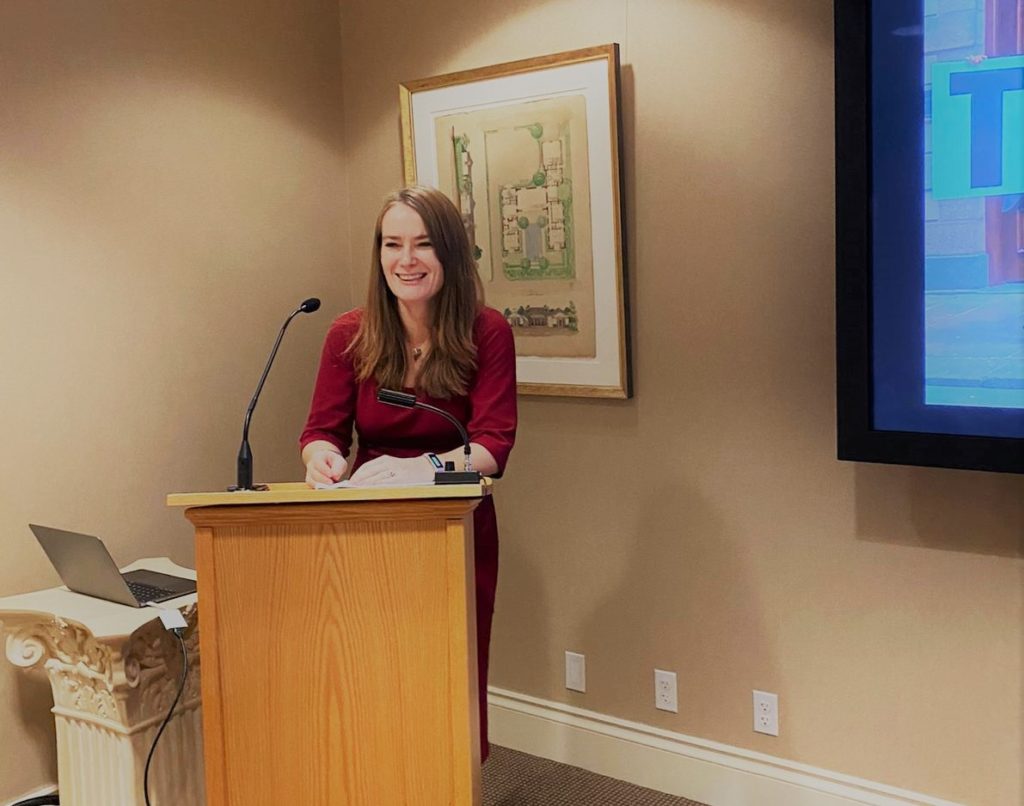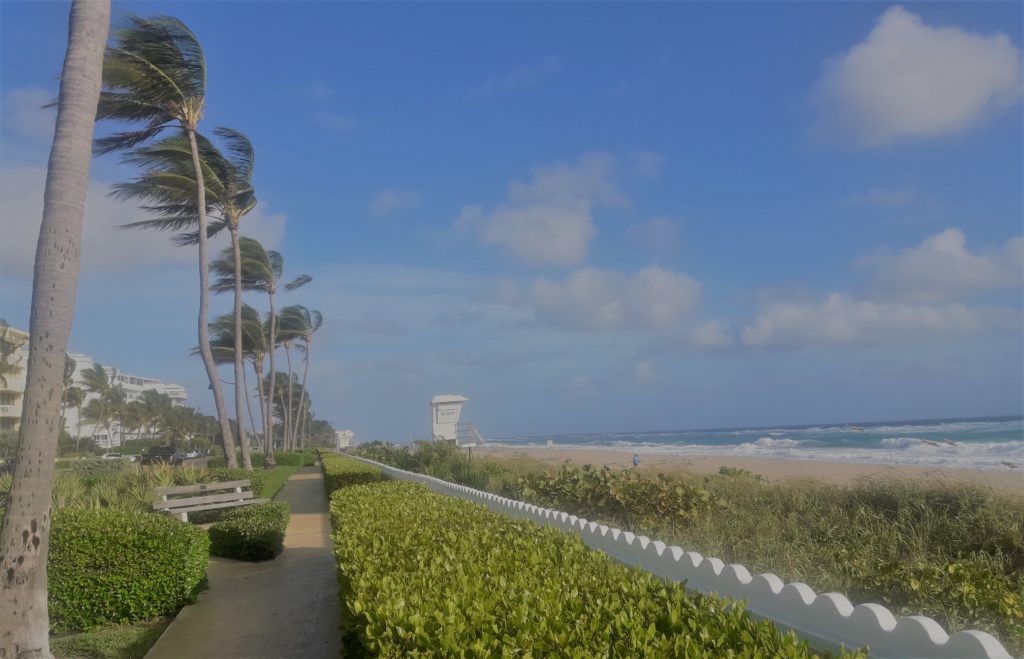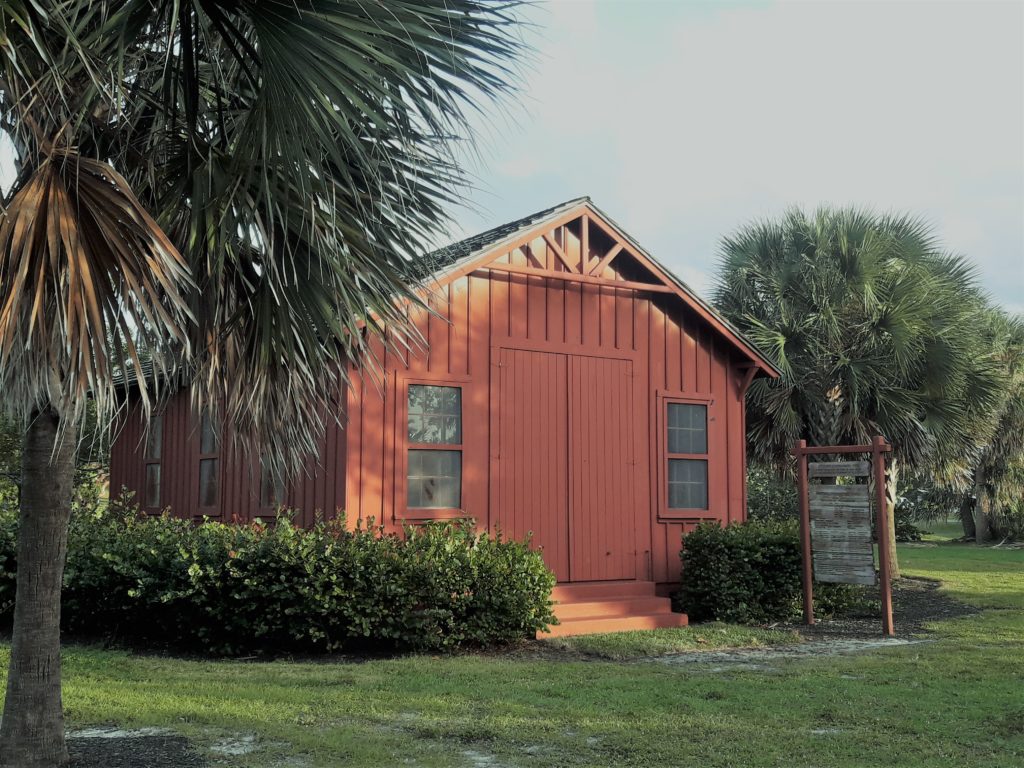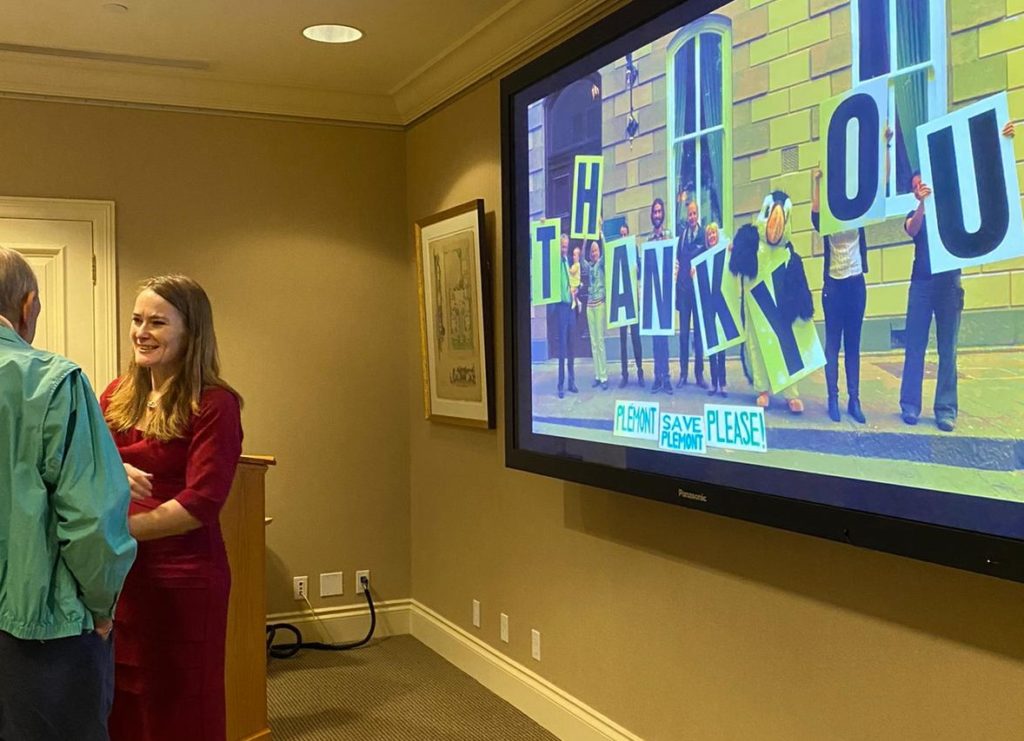-
Palm Beach (Weekly blog, 12 January 2020)
Posted on January 19, 2020A blog by Catherine Leonard, Secretary-General
Last week, I was in Palm Beach Florida to celebrate 125 years of the National Trust and 40 years of the Preservation Foundation. I had been invited by Katie Jacob, Director of Programming at the Preservation Foundation of Palm Beach. Katie, as some of you might remember, came to the UK on the prestigious US/ICOMOS scholarship programme in 2015.

From INTO intern to Director of Programming
The internship involved preparing a series of case studies for our INTO Cambridge 2015 conference. Highlights of Katie’s time with us included volunteering at Avebury for the Summer Solstice (and seeing the sun rise at Stonehenge). Visiting the Czech National Trust team. And participating in the PAI Heritage, Culture and Tourism training programme. She blogged about her time with us here.
Educating Palm Beach
Katie’s first position at the Preservation Foundation also included running their education programme. So, it was wonderful to visit their Little Red Schoolhouse with the former Director of Education! And hear first-hand, from an experienced ‘schoolmarm’, how the programme works. There is actually a really good teachers’ manual on their website here. The Little Red Schoolhouse welcomes over 6,000 children a year. It’s a living history experience with each child taking on the identity of one of the pupils from the 1860s. (And playing games like ‘Capture the bacon’!)

She now focusses on programming – hence the kind invitation to lecture. And it was a pleasure to speak about the history of the global National Trust movement to such an interested and well-informed audience. (You can download my speech here. It is based on an article I wrote for a book entitled: ‘Trust, patrimoni artistici e collezioni’ [Trusts, artistic estates and collections], edited by Marta Cenini and published last year.)
History of Palm Beach
Palm Beach is steeped in the history of America’s rich and famous. And yet there seems to be a constant process of renewal. I mentioned in my lecture that in 1955, 1 country house was being demolished every 5 days. Well, it sounds like it was rather like that in Palm Beach too. Most of old estates have been divided up and rebuilt. We even saw a house, built for a Woolworth heiress in the 1940s, which has been cut in half by a new road.
The town is named for all its coconut palms. The story of their arrival runs thus: In 1878, a ship called the Providencia ran aground en route from Trinidad to Cadiz, via Havana. The pioneers helped the crew drink what was left of the cargo of rum. And then planted the coconuts.

Actual breakers (and coconuts) at Palm Beach
American Riviera
In the late 1890s, Henry Flagler, an industrialist from Ohio, took a shine to Florida. He wanted to create a new ‘American Riviera’ and so extended his railroad to Palm Beach and began building large hotels. As well as a beaux-arts home for himself, called Whitehall, which was finished in 1902.

The Breakers, Palm Beach
The next stage in the town’s development was the arrival of Addison Mizner in 1918. Mizner transformed Palm Beach with his Mediterranean Revival designs for wealthy clients.
Vernacular buildings
I saw a handful of remarkable old survivors, including the Little Red Schoolhouse, Seagull Cottage and Duck’s Nest. We’ve heard already about the schoolhouse which was retired only a few years after it was built, as it quickly became too small. Then it was used as a garden shed for many years before being rescued by the Gardener’s Society.

“We all need history, we all need nature and we all need beauty” (Little Red Schoolhouse)
Secondly, Seagull Cottage was built in 1886 and lived in by Henry Flagler before he moved into Whitehall. It was eventually moved to the Breakers (hotel) and then in 1982 was slated for demolition. Former Mayor and founder of the Preservation Foundation, Earl E T Smith heard of its plight and stepped in. He purchased it for $1 and paid $80,000 to move it back to its old location near Whitehall. The Preservation Foundation then oversaw the cottage’s renovation.
Lastly, Duck’s Nest, the town’s second oldest home. Built in 1891 by the Maddocks family who have owned it ever since, Ducks’ Nest was sold recently to the owners of a neighbouring house. It is now being renovated.
Future plans
It was a fascinating couple of days and I really enjoyed learning more about Palm Beach and its Preservation Foundation. The organisation is just about to embark on a new strategic plan. There is greater emphasis on education and how to engage the next generation. The Foundation also plans to build on its successful season of lectures relating to climate change last year. It’s a very real challenge in Palm Beach where a lot of houses are being raised up in response to flooding issues. The Foundation will continue to landmark historic sites but has had less success with historic districts.
Next week, Trudy Coxe of Newport Mansions is on the lecture programme. Moreover, at the end of the month, Katherine Malone-France will be there from the National Trust for Historic Preservation. It will be interesting to hear whether there is any appetite for following in their footsteps. Perhaps taking on some more property? (And/or joining INTO!)

“You should be very proud of everything you’ve done to save and restore the beautiful places and nature, that make Palm Beach so special. And all your work to encourage the community to learn, be moved and inspired by what they see around them.”

 44 (0)20 7824 7157
44 (0)20 7824 7157